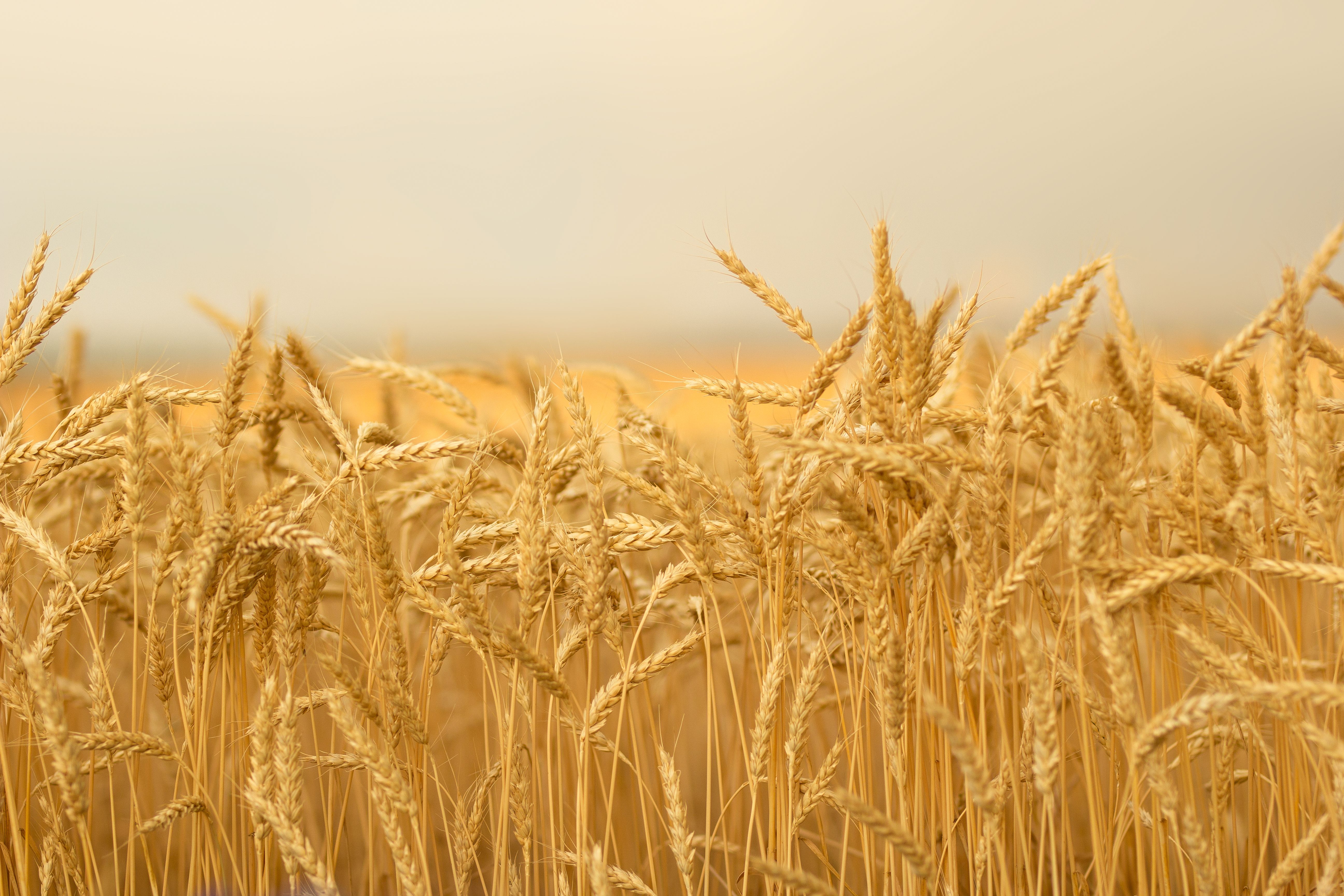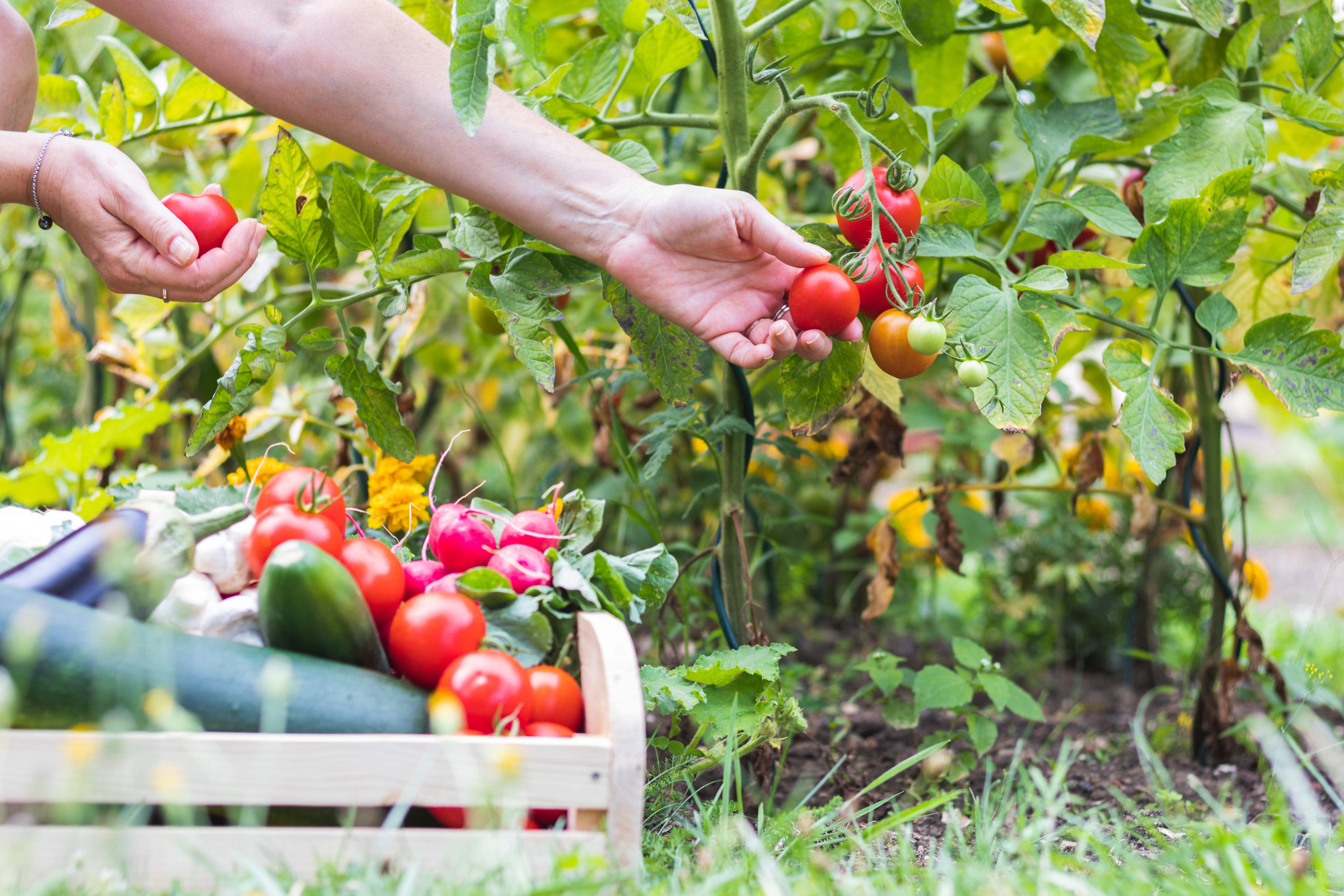Cultivating Heritage Grains and Unique Legumes: A Specialty Production Journey
The Rise of Heritage Grains
In recent years, there has been a growing interest in heritage grains. These grains, which include varieties like einkorn, emmer, and spelt, have been cultivated for thousands of years. Unlike modern wheat, heritage grains have not been hybridized, allowing them to retain their original characteristics. This makes them particularly appealing to those interested in sustainable agriculture and culinary diversity.
Heritage grains are celebrated for their unique flavors and nutritional profiles. They often contain higher levels of protein, fiber, and essential nutrients compared to conventional grains. Moreover, their genetic diversity can offer resilience against pests and diseases, making them an ideal choice for environmentally conscious farmers.

Exploring Unique Legumes
Alongside heritage grains, unique legumes are gaining popularity among specialty producers. These legumes, such as black chickpeas, heirloom lentils, and adzuki beans, provide a rich source of plant-based protein and essential vitamins. Their cultivation not only enhances soil fertility through nitrogen fixation but also promotes biodiversity.
Unique legumes are often prized for their distinct textures and flavors, making them a favorite among chefs and food enthusiasts. They open up a world of culinary possibilities, from hearty stews to innovative plant-based dishes.
Sustainable Farming Practices
Both heritage grains and unique legumes thrive under sustainable farming practices. These methods emphasize crop rotation, organic fertilization, and minimal use of synthetic chemicals. By prioritizing these practices, farmers can improve soil health and reduce their environmental footprint.
Implementing sustainable farming techniques can also lead to better yields and quality. Farmers who embrace these methods often find that their crops are more resistant to changing climate conditions and pest pressures.
The Specialty Production Journey
The journey of cultivating heritage grains and unique legumes begins with selecting the right varieties. Farmers must consider factors such as climate adaptability, soil type, and market demand. Once chosen, these crops require careful management throughout the growing season to ensure optimal growth and development.
Harvesting and processing heritage grains and unique legumes can be labor-intensive. However, the effort pays off when these products reach niche markets where consumers appreciate their distinctive qualities. Farmers often find that direct-to-consumer sales or partnerships with local restaurants can be highly beneficial.

Challenges and Opportunities
Despite their potential benefits, cultivating heritage grains and unique legumes comes with challenges. Limited availability of seeds, lack of infrastructure for processing, and market access issues can pose significant hurdles for producers. However, with the rise in consumer awareness and demand for specialty products, opportunities abound.
Farmers can capitalize on these opportunities by participating in farmers' markets, joining cooperative groups, or engaging with online platforms to reach a broader audience. Education and storytelling also play a crucial role in connecting consumers with the rich history and benefits of these crops.
In conclusion, the journey of cultivating heritage grains and unique legumes is both challenging and rewarding. By embracing sustainable practices and tapping into niche markets, producers can contribute to a more diverse and resilient agricultural landscape.
Commercial Kitchen Marketplace
Your one-stop online destination for equipping professional kitchens. Discover a wide selection of durable, high-quality commercial-grade appliances, from heavy-duty ovens and refrigeration units to efficient food preparation tools and essential kitchenware. Visit our store: http://avice.org
